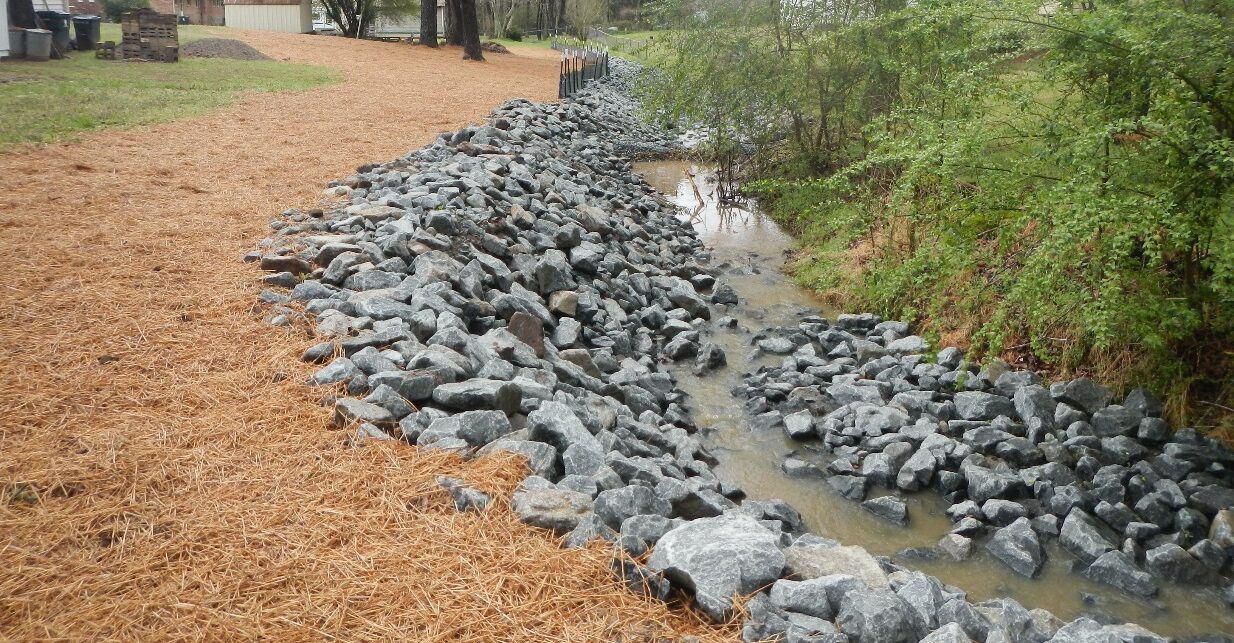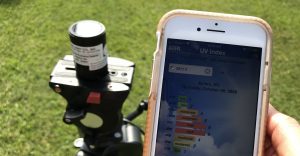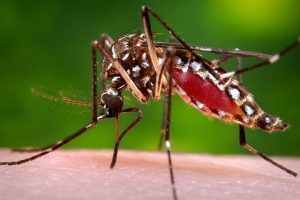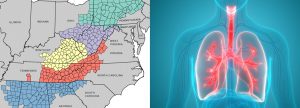Humphrey C, Underwood J, Iverson G, Etheridge R, O’Driscoll M and White A (2024). Evaluation of Phosphate and E. coli Attenuation in a Natural Wetland Receiving Drainage from an Urbanized Catchment. Hydrology 11(6): 74. doi:10.3390/hydrology11060074
Abstract
A natural wetland receiving drainage from a 24-ha urbanized catchment in the Falls Lake Watershed of North Carolina was evaluated to determine if it was providing ecosystem services with regards to phosphate and Escherichia coli (E. coli) attenuation. Inflow and outflow characteristics including nutrient and bacteria concentrations along with physicochemical properties (discharge, pH, oxidation reduction potential, temperature, and specific conductance) were assessed approximately monthly for over 2 years. The median exports of phosphate (0.03 mg/s) and E. coli (5807 MPN/s) leaving the wetland were 85% and 57% lower, respectively, relative to inflow loadings, and the differences were statistically significant (p < 0.05). Hydraulic head readings from three piezometers installed at different depths revealed the wetland was a recharge area. Phosphate and E. coli concentrations were significantly greater in the shallowest piezometer relative to the deepest one, suggesting treatment occurred during infiltration. However, severe erosion of the outlets is threatening the stability of the wetland. Upstream drainageway modifications were implemented to slow runoff, and septic system repairs and maintenance activities were implemented to improve water quality reaching the wetland and Lick Creek. However, more work will be needed to conserve the ecosystem services provided by the wetland.




